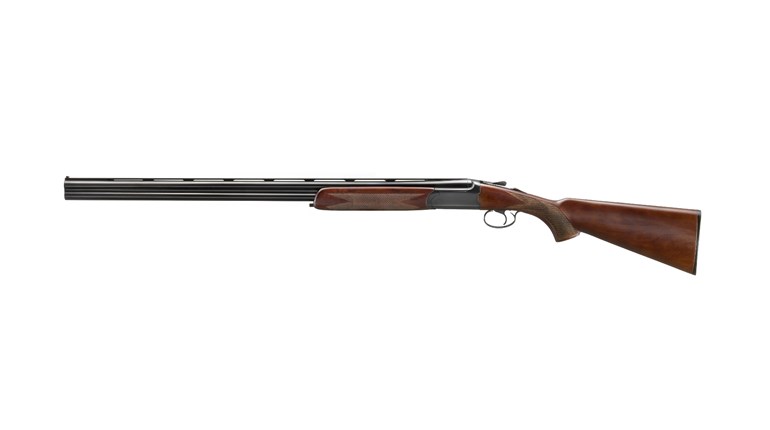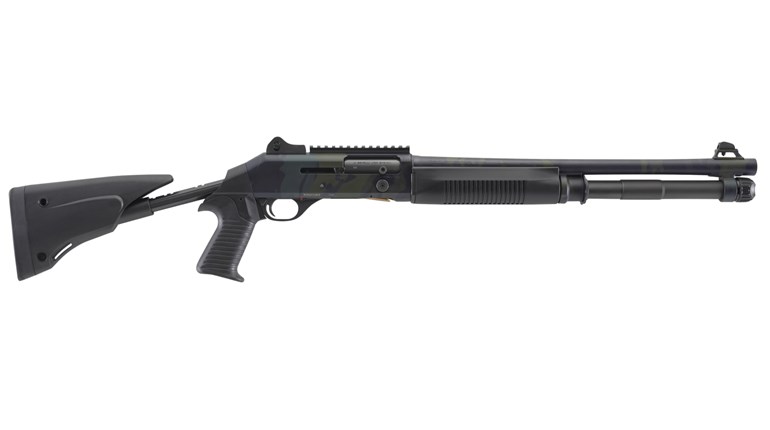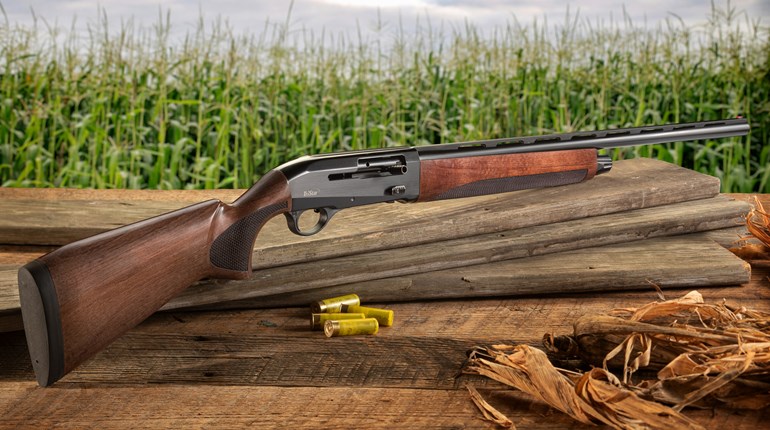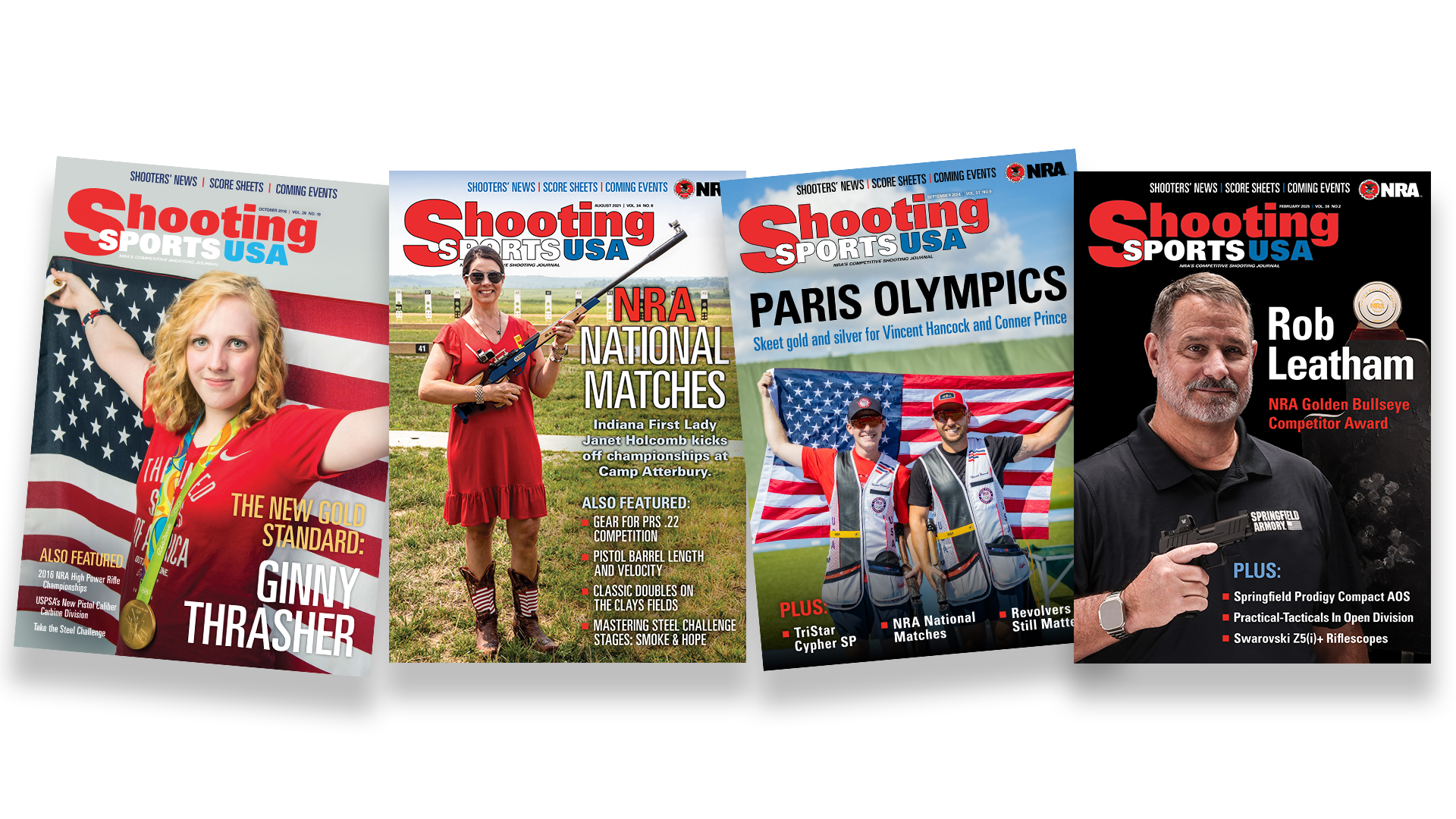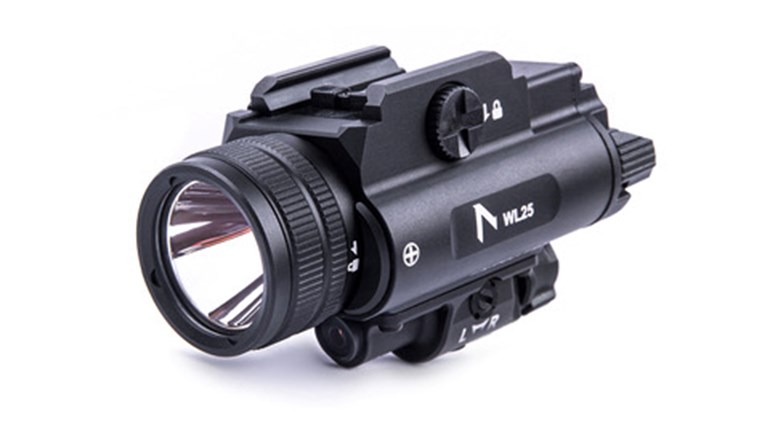
The below is an excerpt from the 1978 book, Olympic Shooting, written by Col. Jim Crossman and published by the NRA.
The Amateur Trapshooting Association
By Colonel Jim Crossman
The Amateur Trapshooting Association—ATA—goes back to the early 1920s, although its predecessors go back for another 30 years, to the early 1890s.
Around 1892 the Interstate Manufacturers and Dealers Association was formed, later changing its name to the Interstate Association for the Encouragement of Trapshooting. The association formulated rules for trapshooting and for live bird shooting, and did much to organize and promote shotgun shooting in those early days.
The Interstate Association had one unique feature—it was not organized or run by shooters, but by manufacturers. The stockholders of the association were makers of guns, ammunition and various accessories, and the officers and directors came from these firms. The membership sounded like a catalog of the gun industry of the time: Remington Arms-Union Metallic Cartridge Company, Winchester Repeating Arms Company, E.I. du Pont de Nemours Powder Company, Parker Brothers, Peters Cartridge Company, Western Cartridge Company, Chamberlin Cartridge and Target Company, United Lead Company, American Powder Mills, Selby Smelting and Lead Company, Hunter Arms Company, Lefever Arms Company, J. Stevens Arms and Tool Company and United States Cartridge Company—to name some of the members in 1912. The object of the association was to increase trapshooting. All the members had a monetary stake in increasing shooting.
For many years, the shotgun shooting game was largely run by the Interstate Association and its successor, the American Trapshooting Association. The change in name was made with the idea of bringing the Canadians into the activity.
The Interstate Association and the ATA organized clubs, registered tournaments, wrote rules and generally ran things. The associations also put cash money on the line as awards or prizes. In order to insure that the money got where it belonged, "professional" shooters were forbidden to shoot for the money prizes. While the professional rule has changed slightly from time to time, the intent has always been clear and has been similar to the present-day rule, which as of 1978, says:
"Any person who receives compensation from any of the arms, ammunition, or target companies or individuals directly affiliated with these industries, for shooting or for the display and sale of their merchandise, shall be considered a professional trapshot ..." Everybody else was an amateur. The Association did not want employees of its member companies winning money or awards put up to encourage amateurs.
By 1919, the organization had adopted the name American Trapshooting Association. That year marked a new era. Amateur trapshooters, representing state associations, were in attendance at the annual meeting and were allowed to take an active part in the session. A few years later, the Amateur Trapshooting Association was formed, but the American Trapshooting Association kept a string on it for some time by virtue of a cash donation. The donation started at $36,000 per year, but by 1930 had gotten down to $10,000.
The American association is now gone from the picture and ATA means only one thing—Amateur Trapshooting Association, with headquarters at Vandalia, Ohio. The ATA has a fine 64-field trap layout there along with a big clubhouse and other buildings. Vandalia is the site of the annual ATA championship shoot, the Grand American. [Editor's note: Back in 2006, the Grand American switched venues from Vandalia to the larger World Shooting and Recreational Complex located in Sparta, Ill.]
U.S. trapshooters were entered in the Olympics of 1912, 1920 and 1924 by the association in existence at the time. Members of the teams were selected by past records without a shoulder-to-shoulder tryout. With the many companies of the shooting industry financing and running the association, there was not too much of a problem in financing a team.
But when the industry cut the strings and let the new amateur organization travel on its own, some problems did arise. There was no Olympic trapshooting in the period 1928 through 1948. The United States had no entry in the shotgun event in 1952. For the 1956 Games, the ATA was invited to organize a team, but was unable to do so because of a combination of circumstances that included team expenses and the amateur rule. Two years later the problem of team expenses had not been settled and an international team was sent abroad composed of those who volunteered to pay their own expenses. In 1960, the ATA assisted in selecting the team, but not in financing it. Since that year, the National Rifle Association has selected the teams and financed them. [Note: USA Shooting took over selection and management of U.S. Olympic Shotgun competition from the National Rifle Association of America as the national governing body in 1994.]
International trap and the American style of trap differ markedly in many ways. Most American shooters prefer their form of shooting and do not see any reason to change. The result has been little or no interest in promoting the international style. Despite its fine 64-field layout for American-style trapshooting at Vandalia, the home of ATA does not have a single field for the true international game. Indeed, until about 15 years ago there was not a single international field in the whole country and even as of this writing in 1978, there are only a handful, including several on military posts. The ATA is not a member of the UIT. ATA is developing international shooters in close cooperation with the NRA.
Learn more about the Amateur Trapshooting Association at shootata.com.














